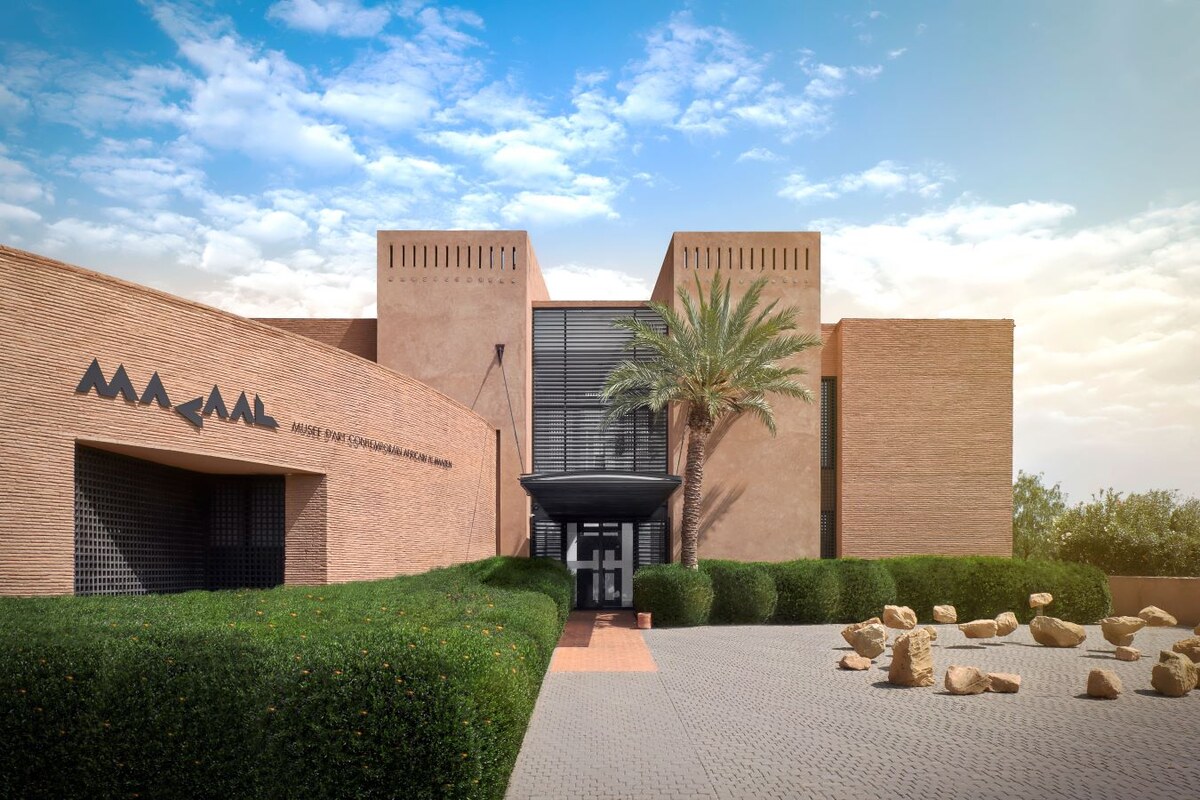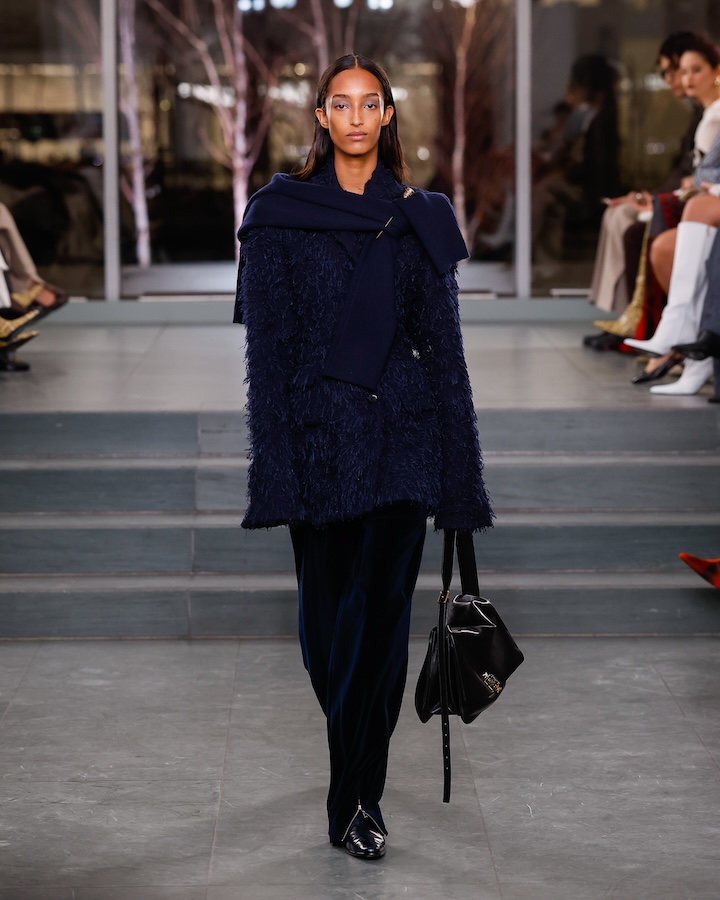JEDDAH: In January, the exhibition “Thread Memory: Embroidery from Palestine” opened at Hayy Jameel in Jeddah. It explores the ancient Palestinian tradition of tatreez; intricate hand embroidery primarily undertaken by women.
Tatreez — a slow, laborious and deliberate practice — is far more than just a decorative art form; it has come to be seen as a symbol of resilience, community and cultural pride. Amid the ongoing conflicts in Gaza and Lebanon, the exhibition celebrates Palestinian stories and creativity.

On Jan. 23, the exhibition “Thread Memory: Embroidery from Palestine” opened at Hayy Jameel in Jeddah. (Supplied)
It is also, curator Rachel Dedman notes, “an opportunity for the Palestinian diaspora in Saudi — which is a huge community — to connect with their own heritage.” And there are, she adds, “really fertile connections to be made, interdisciplinarily, between (Palestinian) embroidery and embroidery from Saudi Arabia.”
The exhibition, which runs until April 17, features more than 30 dresses and multiple accessories — pieces of jewelry, small dolls, a handkerchief, headdresses — plus more than 100 images from the Palestinian Museum. It also includes a display of smartphones showcasing real-time updates from Palestine.
In partnership with the Palestinian Museum in Birzeit, “Thread Memory” draws from an extensive archive, emphasizing tatreez as a living art form which is deeply entwined within Palestinian life and tells the stories of generations of people and of shared resistance and hope amid the ongoing violence and threat of erasure.

Rachel Dedman. (Supplied)
Dedman says there are probably as many tatreez variations as there are villages in Palestine. She views it as a way in which its female creators empower themselves, looking to the future when the present might seem unbearable. The dresses mark the milestones of a woman’s life.
In times of displacement, often the women can only take with them the clothes on their back, so there are instances when a garment has been modified to fit different bodies.
The exhibition is also full of textual information.
“There’s beauty in (that), because this is a history that’s being actively erased — or that is under threat of erasure,” says Dedman. “So by offering up a lot of information, I hope maybe there’s some Palestinians in Jeddah who feel more connected to their own history or heritage, who feel seen, who feel represented, who feel able to come to a space and experience the grief that we’re all feeling, acknowledged in this beautiful way.
Some of the dresses actually come from personal collections in Riyadh and Jeddah, Dedman explains. “There’s also a wonderful Syrian dress included; (these are) examples of how, in diaspora, these dresses continue to be deeply meaningful for those who own them,” Dedman explains.

Handmade embroidered ties created by the Association for the Development of Palestinian Camps (INAASH)' (1973), (Courtesy of the Palestinian Museum)
While Dedman is not of Palestinian descent, she is an active and avid supporter of the Palestinian cause, and she sees tatreez is a profound reflection of Palestinian life, resilience and creativity.
“Nobody who has — or practices — tatreez finds it trivial,” she says.
Dedman — a London-based expert in Middle Eastern textiles, has dedicated over a decade to studying tatreez, starting in 2014 with her work for the Palestinian Museum in Birzeit, with whom she collaborated for this exhibition. Her previous exhibitions have highlighted tatreez as both an art and a tool of cultural preservation. In addition to her role as the Jameel Curator of Contemporary Art from the Middle East at London’s Victoria and Albert Museum, Dedman also lectures globally on the intersection of textiles, identity and politics.
“I’m in this position of enormous privilege; I have the passports to travel between Lebanon and Palestine — no Lebanese or Palestinian can do so,” she explains. “And for me, it was really important to not just drop in and interview someone, but to try and forge relationships and bring them in as sort of members.”
Her goal for the Jeddah exhibition is simple. “I’m always excited by the opportunity to bring Palestinian voices into a space. I hope it speaks to people,” she says. “For me, the dresses are almost punctuation amid the love song to Palestine that this exhibition is.”























